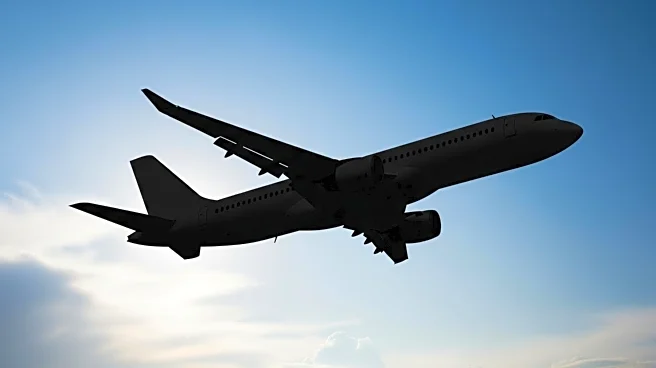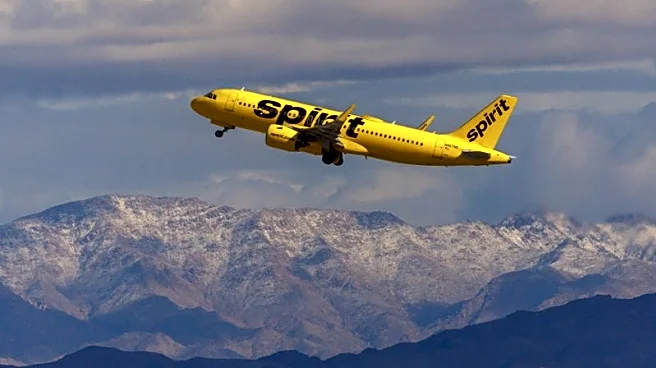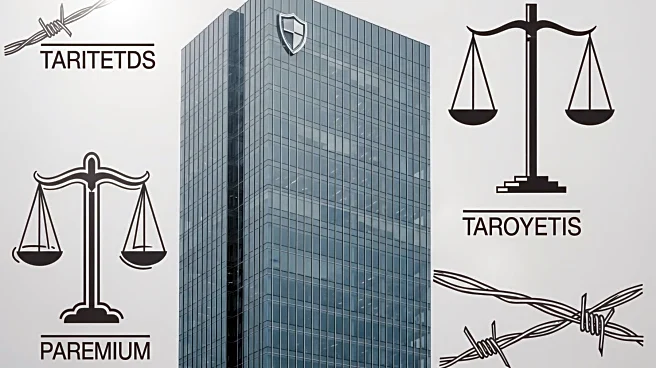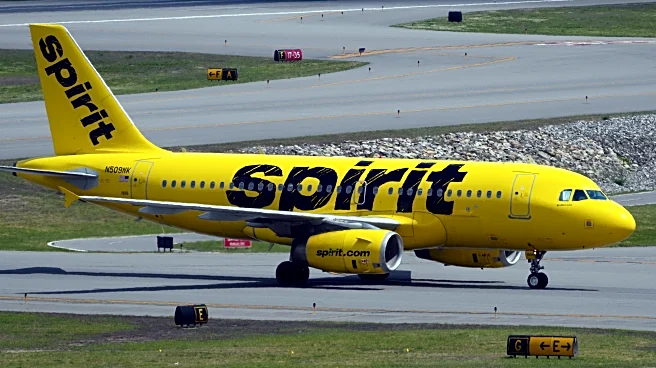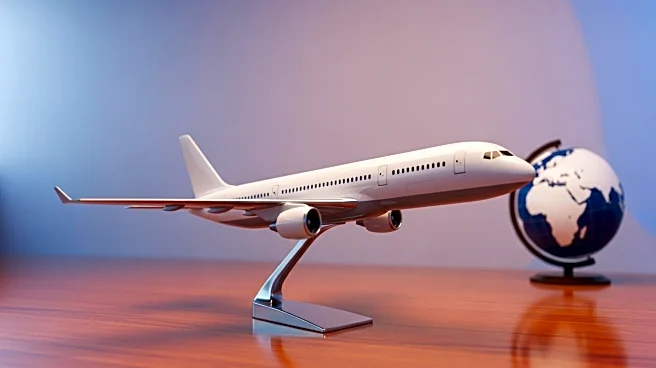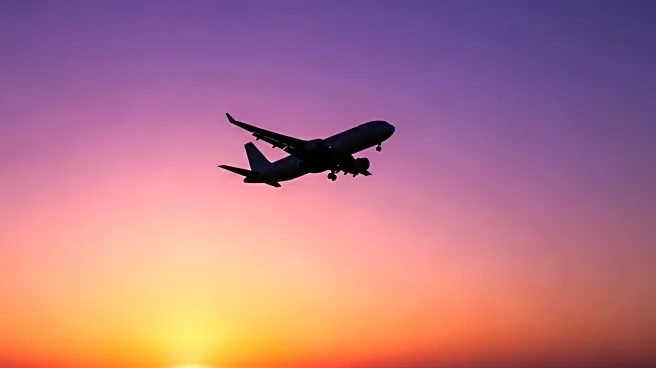What's Happening?
Spirit Airlines has filed for Chapter 11 bankruptcy protection for the second time in months, citing ongoing financial difficulties. The airline, known for its ultra-low-cost model, has faced challenges in adapting to post-pandemic travel trends that favor more premium experiences. Despite efforts to rebrand, Spirit's recovery has been hampered by economic factors, including tariffs and budget cuts under President Trump's administration, which have affected consumer spending and domestic airfares. The airline's previous bankruptcy filing occurred in November, following years of losses and a failed merger with JetBlue Airways.
Why It's Important?
Spirit Airlines' financial troubles highlight the challenges faced by ultra-low-cost carriers in the evolving travel industry. The shift in consumer preferences towards more comfortable travel experiences has put pressure on budget airlines to adapt or risk obsolescence. Spirit's situation also underscores the broader economic impacts of policy decisions, such as tariffs, on the aviation industry. The airline's bankruptcy could have significant implications for its employees, customers, and the competitive landscape of the U.S. airline industry.
What's Next?
As Spirit Airlines navigates its bankruptcy proceedings, the focus will be on its restructuring efforts and potential strategies to stabilize operations. The airline may explore new business models or partnerships to enhance its competitiveness. Additionally, the outcome of Spirit's bankruptcy could influence other airlines facing similar challenges, potentially leading to industry-wide shifts in business strategies and service offerings.
